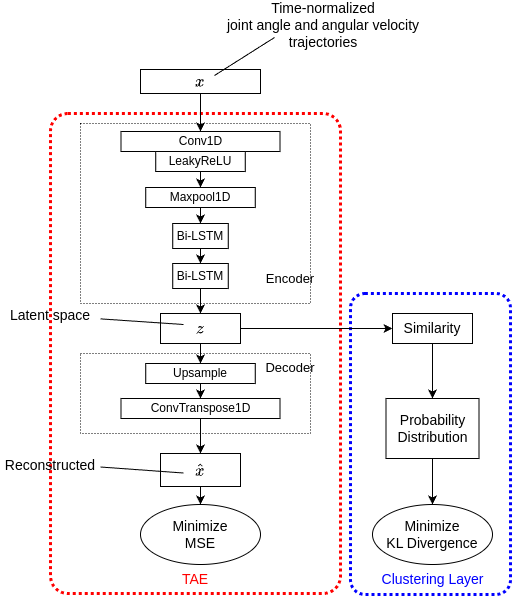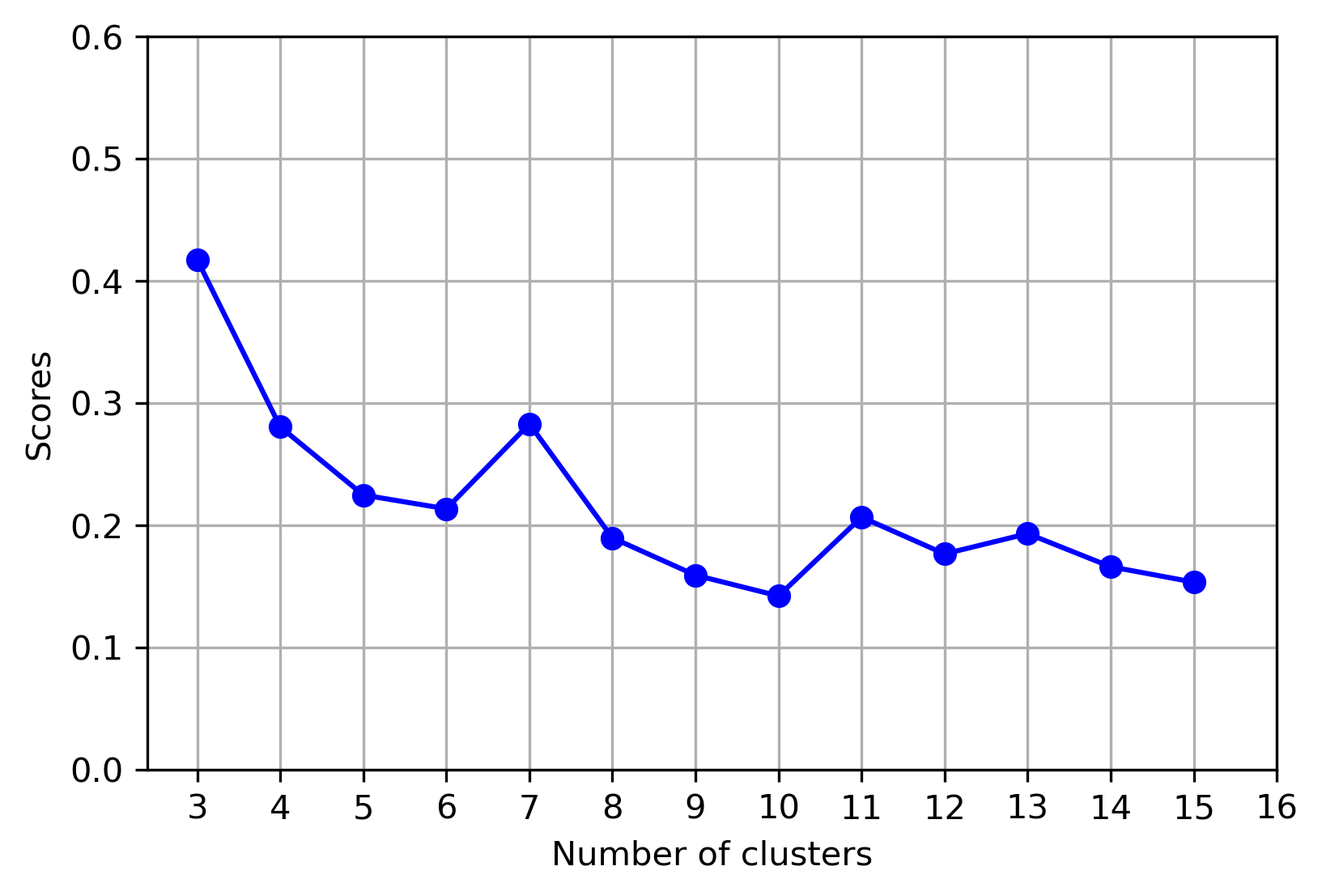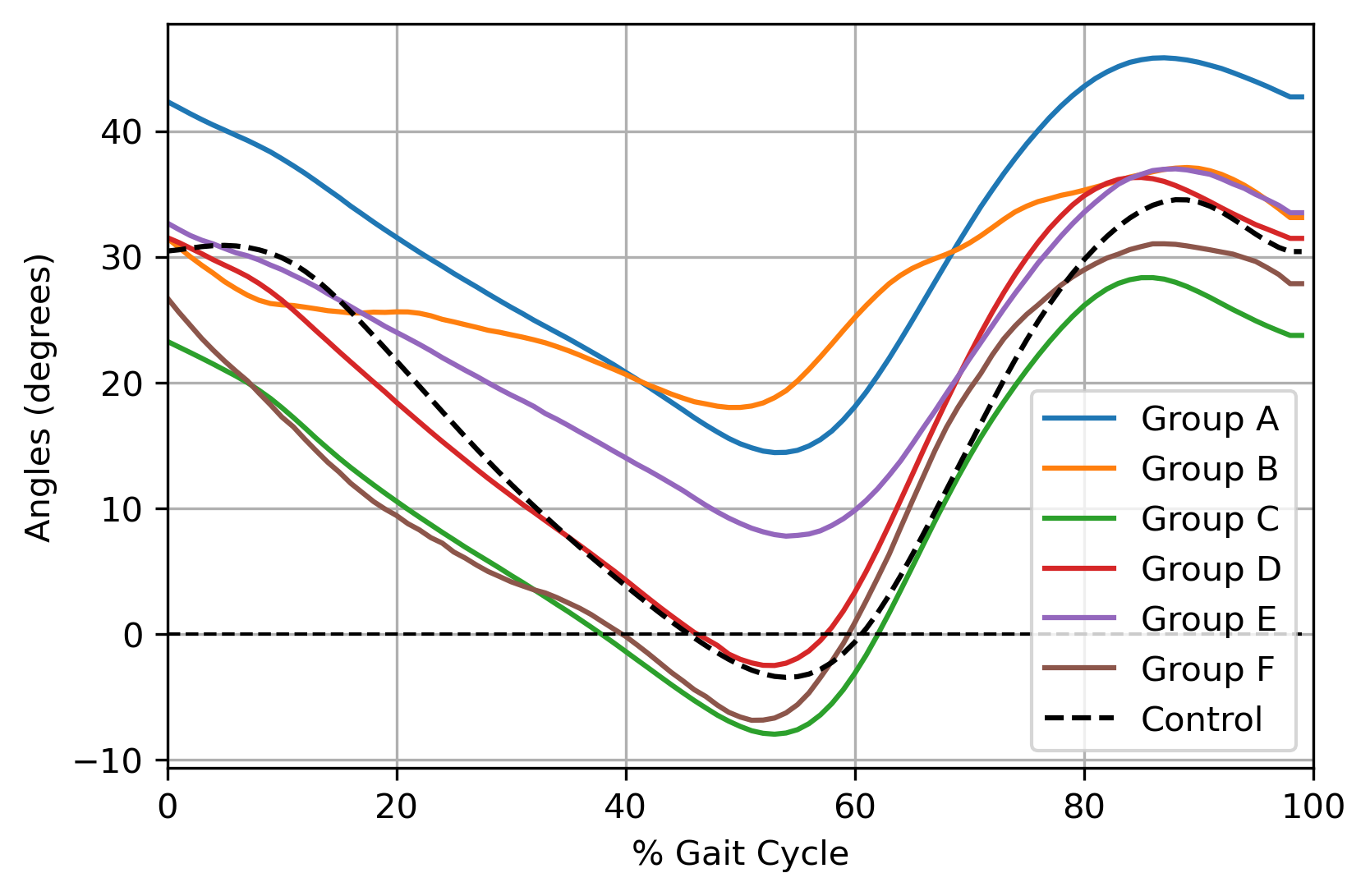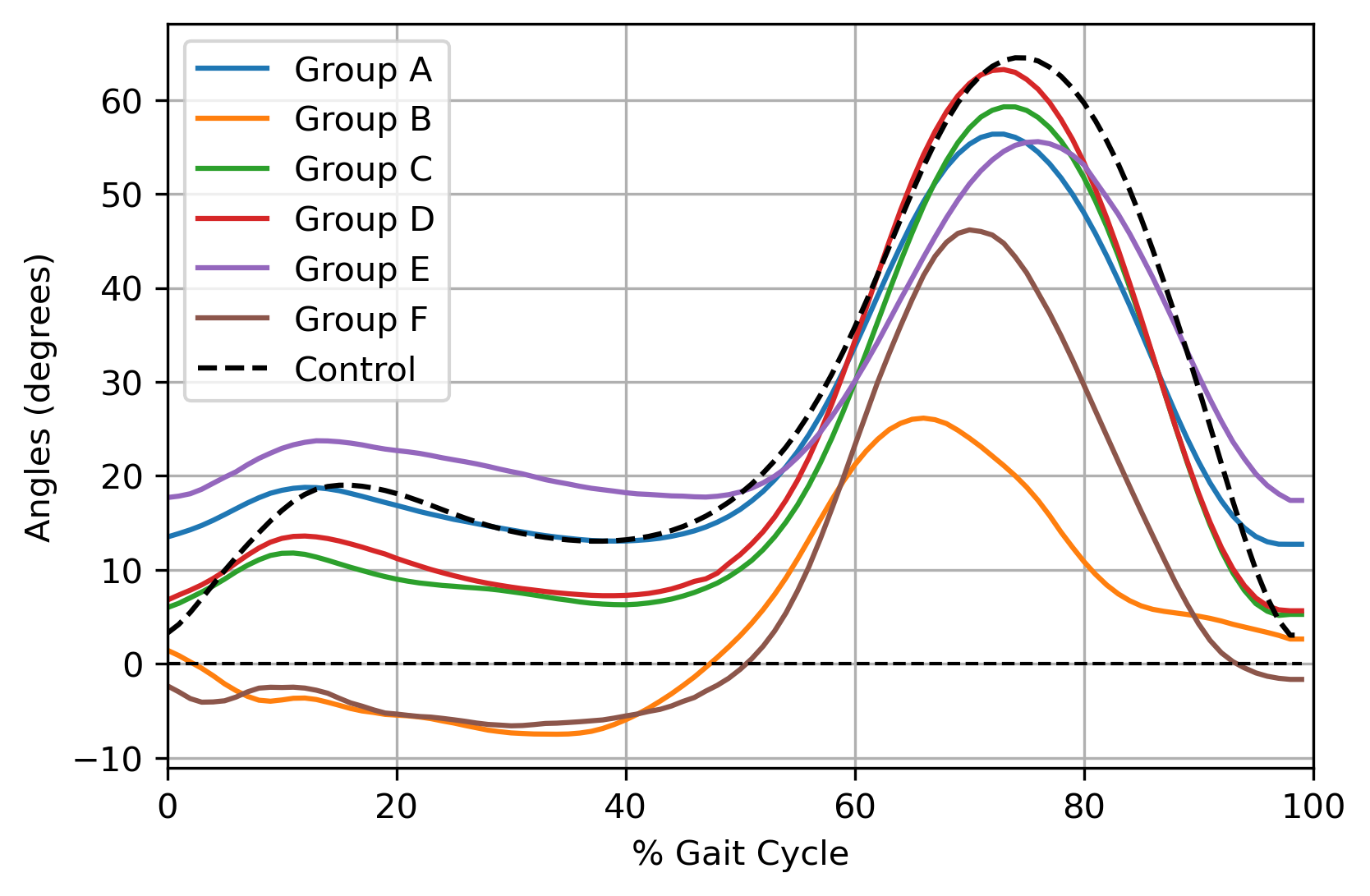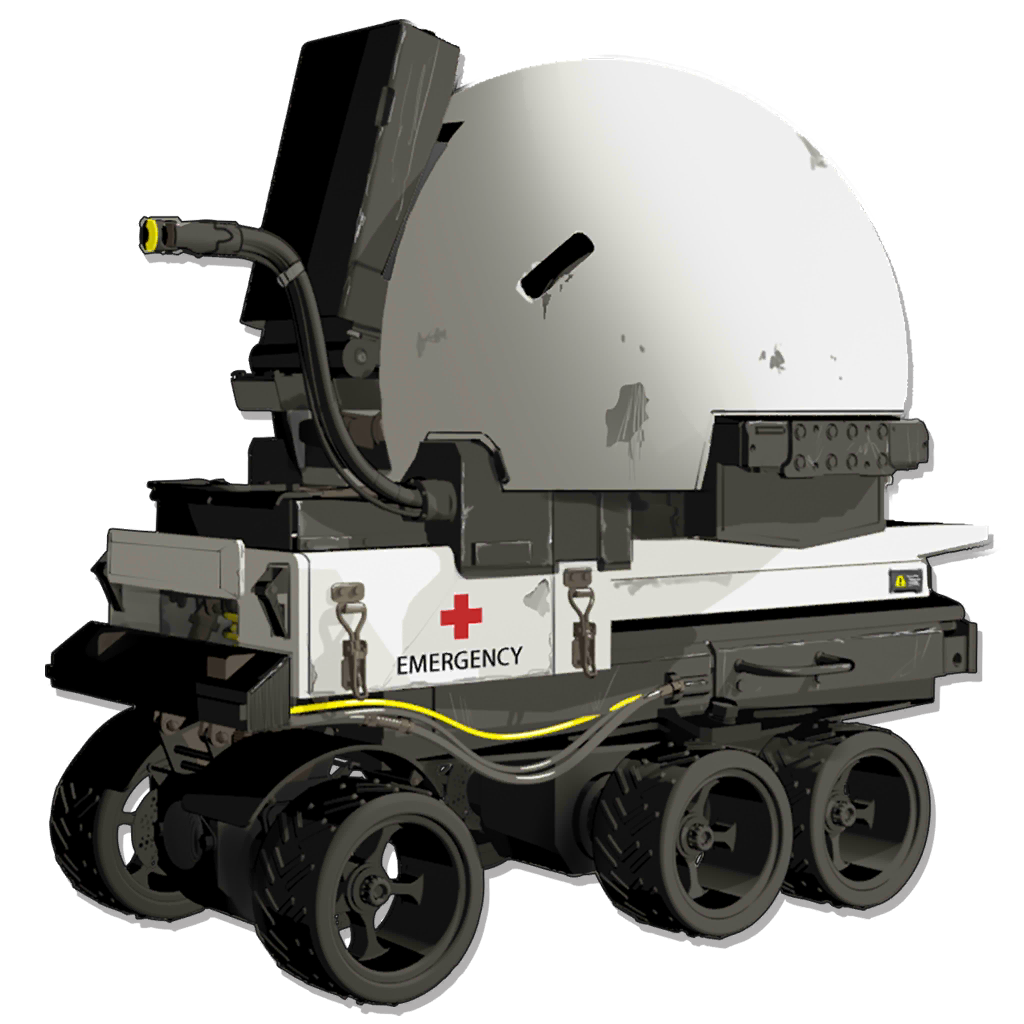Overview
Deep Temporal Clustering for Gait Pattern (DTCGP) was a collaborative project I worked in Helper Lab, Sungkyunkwan university supervised by professor Mun-Taek Choi.
The paper was accepted and published by MDPI Bioengineering.
Goal
- The objective of this cross-sectional study aims to implement an end-to-end deep learning (DL) approach that directly utilizes time-series gait cycle data as model input, eliminating the need for manual feature extraction.
Description
DTCGP uses the data consisted of time-normalized joint angle trajectories, motion-captured during independent gaits of sub-acute hemiplegic post-stroke patients at Samsung Medical Center (SMC).
As input data for the DL, joint angles and angular velocity trajectories in the sagittal plane are utilized as an instance.
DTCGP is based on the existing Deep Temporal Clustering (DTC) algorithm, which is composed of temporal autoencoder and clustering layer with simultaneous optimization, by Madiraju et al.
With hyperparameter tuning tailored for kinematic gait cycle data, six optimal clusters are selected with a silhouette score of 0.2831.
To clarify the characteristics of the selected groups, in-depth statistics of spatiotemporal, kinematic, and clinical features are presented.
